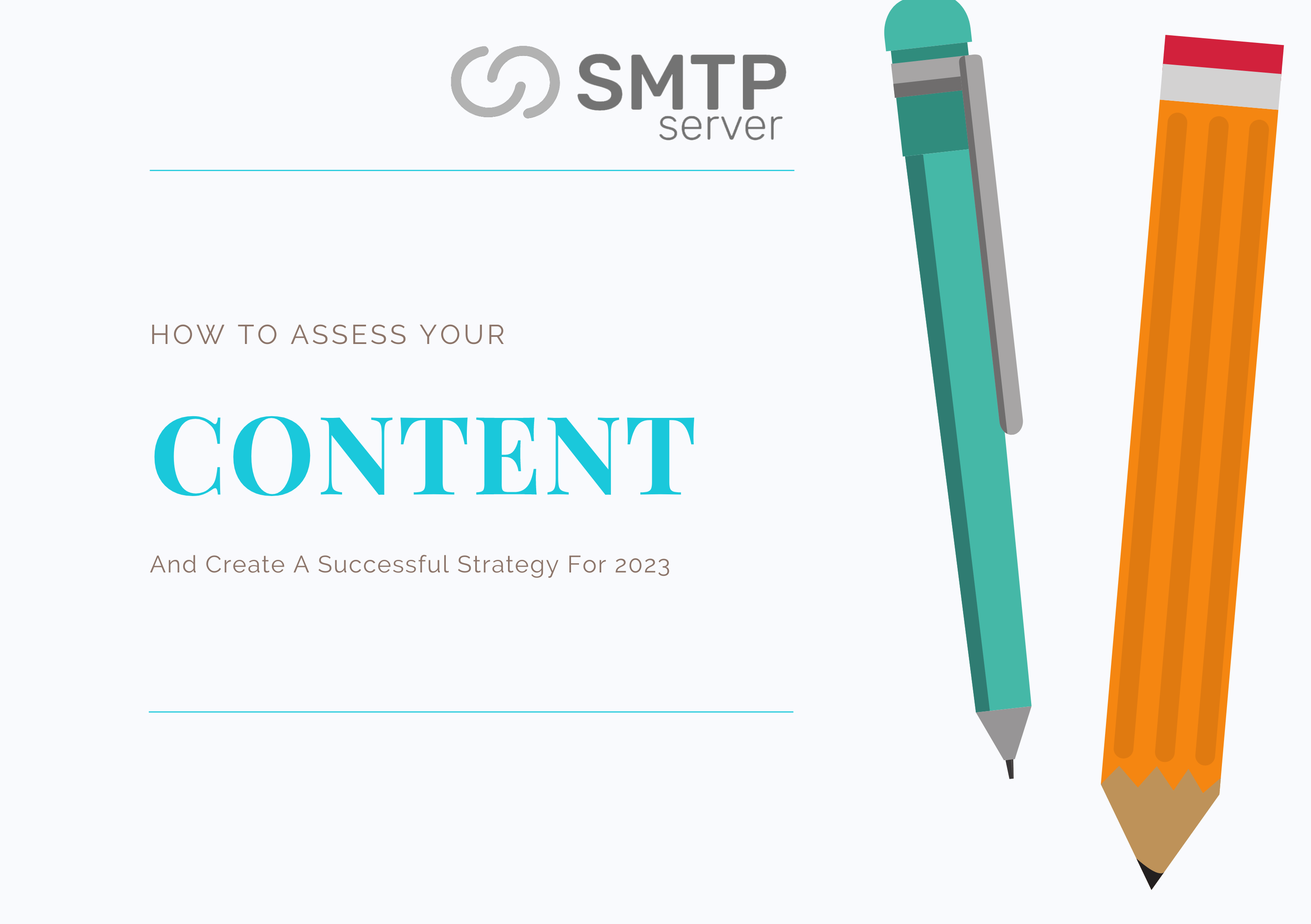9,711 total views, 8 views today
Finding writers and creating content are simple when it comes to content marketing.
But producing top-notch content that meets your company’s KPIs? That is something altogether different, though.
Let’s say you want to be a successful digital marketer. In that instance, the secret is to lay the groundwork for an efficient content strategy.
You can outrank your rivals and accomplish your objectives with the help of the appropriate content strategy.
Hipps and Rivera offered crucial content insights, real-world know-how, and practical methods that are completely consistent with Google’s standards and extremely pertinent to the most recent modifications to the core algorithm and useful content.
How to Develop a Successful Content Strategy
Making winning content requires:
- Locating material that is effective for you.
- Calculating the level of your current content’s quality.
- Evaluating the authority and relevance of your information.
- Selecting content themes from victorious competitors.
- Putting together a content plan to examine and improve current material.
- Establishing priorities and a schedule for fresh, reliable content based on results.
You should start with goals as you plan your overall content plans for the upcoming year.
So let’s get started!
Step 1: Compile Your Own Ranking Information
Analyzing the gaps in your own material is a good place to start.
Different data sources are needed to conduct a useful gap analysis that provides genuine insights.
So, start by collecting information from:
- Using Google Analytics
- A search engine.
- Your tool for third-party SEO data.
For step 2, use the results of this data.
Step 2: Quality Check Your Content and Ranking Information
You must now consider two sides of your outcome in order to broaden your strategy beyond the data:
- Your priceless information
- sections of your website that site visitors frequently visit.
Step 3: Measure the quality of your content
Spend some time reading your content critically.
Then, instead of adding more using the same strategies that could be hurting you, like building walls of text, think about the queries people are looking for and the responses they desire.
To produce material of a better calibre, pause to consider the subject you’re attempting to address and whether you were successful in doing so.
The purpose of that enquiry will guide your material.
Step 4: Identify Competitors
The next step is to find out what keywords your rivals are ranking for that you aren’t.
Are there any topics you’re writing about that fall short?
Start by examining your three categories of rivals:
- Directly rivals.
- Indirect rivals.
- A rival search
Once you are aware of your rivals, you should conduct a keyword gap study.
Step 5: Gap keywords should be grouped into topics
With the aid of a rival keyword gap study, concentrate on search visibility.
List the keywords and phrases that your site performs poorly for yet that many rival websites now rank for.
You should be aware that gap analysis differs from competitive analysis.
Step 6: Identify the link gap between you and your competitors
Make a competitive domain comparison first.
You wish to compare the number of referring domains you have to those of your top rivals.
You might use this to comprehend the financial position of your rivals. You should be aware of the amount of effort required to create links to these articles if you’re a small business trying to compete for some of these terms and phrases.
Step 7: Add Human Insights to the Process
By matching the data to your actual target audience, you can now call your research work done.
You can provide content that solves your audience’s problems when you know what their problems are.
You’ll discover that working with subject matter experts helps you produce a tonne more useful material.
Step 8: Use SEO ROI to Support Your Campaign
Calculate your prospective ROI to determine the campaign’s potential return on investment.
In this phase, you’ll check at the search volume of the keywords you’ve found, so make sure you have conversion data available.





